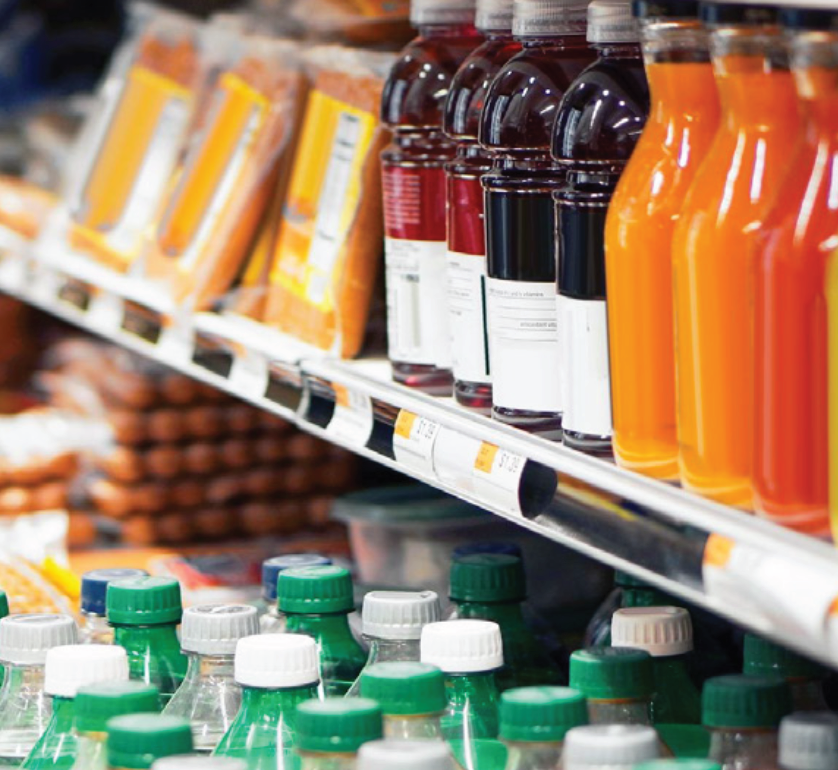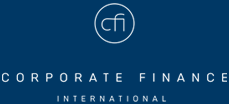Despite a slight pull back in global M&A activity, deal volume in the packaging market remained steady through the end of 2017 with 76 transactions in the fourth quarter. 2017 packaging M&A reached 307 transactions which reflects a 4% increase over 2016’s 294 total deals. Driven by a strong second quarter, 2017 marks the third straight year of M&A growth in the sector and establishes a new multi-year high for packaging transaction activity.
Strategic buyers continue to be the primary driver of deal volume, completing a number of marquee transactions in Q4 2017, including:
- Graphic Packaging’s acquisition of International Paper’s NA Consumer Packaging Business for $1.8 billion
- Crown Holdings’ acquisition of Signode for $3.9 billion
- Mondi Group’s acquisition of Powerflute
- Westrock’s acquisition of Plymouth Packaging
Complementing strategic buyer activity, private equity contributed more than a third of deal volume in 2017. The increasing mix of private equity buyers is reflective of the positive attributes of the packaging industry. New platform investments were up 22% year-over-year, including some notable transactions in Q4 2017:
- Genstar Capital’s acquisition of Tekni-Plex
- Graham Partner’s acquisition of EasyPak and Tray-Pak
- ONCAP’s acquisition of IntraPac
2017 M&A volume in the packaging sector was primarily driven by consolidation activity within the paper related and rigid plastic sectors, making up 65% of all deals. Flexible plastic packaging deals were down 4% from 2016; however, this is likely the result of a lack of quality targets for acquisition as interest in the segment remains high. Changing consumer preferences in the food and consumer end markets and the shift to dimensional weight-based transport pricing are increasing the demand for flexible packaging solutions.
PMCF’s data shows that EV/EBITDA multiples expanded in 2017 to multi-year highs. Private equity, armed with post-crisis record amounts of dry powder and access to low cost financing, have demonstrated interest in the space and are proving competitive in the M&A market from a pricing perspective. Not to be outdone or rather outbid, strategic buyers continue to use M&A as a tool to grow above industry averages, gain new technologies, penetrate end markets, and capture synergies as the sector evolves and consolidates.
Although there has been a recent flurry of packaging M&A activity, the sector remains fragmented and further consolidation aimed at reducing costs and increasing product differentiation is likely to continue. Current pricing levels and buyer dynamics, along with the recently enacted tax reform and growing optimism on the economy, have the potential to accelerate M&A activity. However, despite all these positives, we continue to note the extended length of the current M&A cycle and caution shareholders that these seller’s market conditions may eventually revert.



